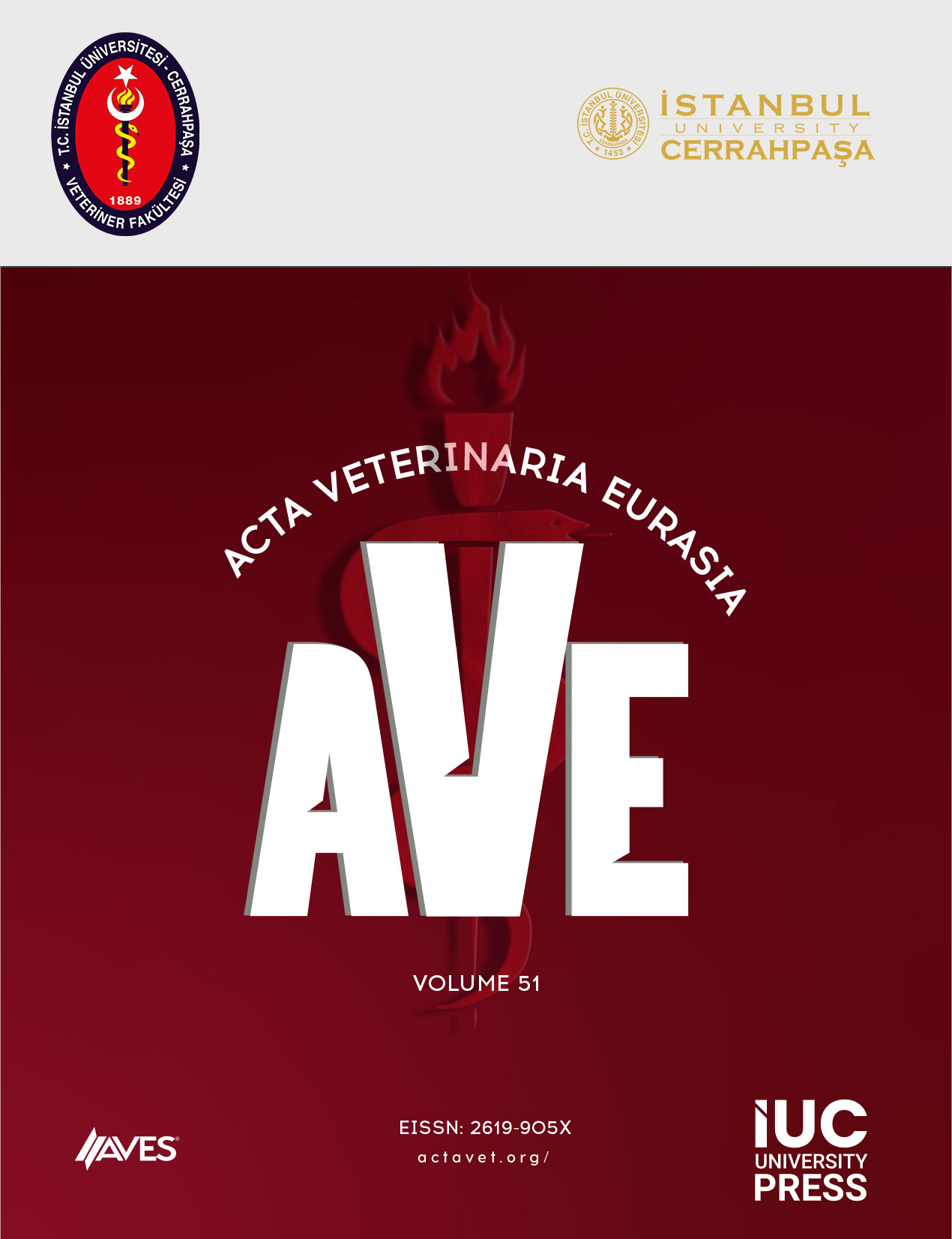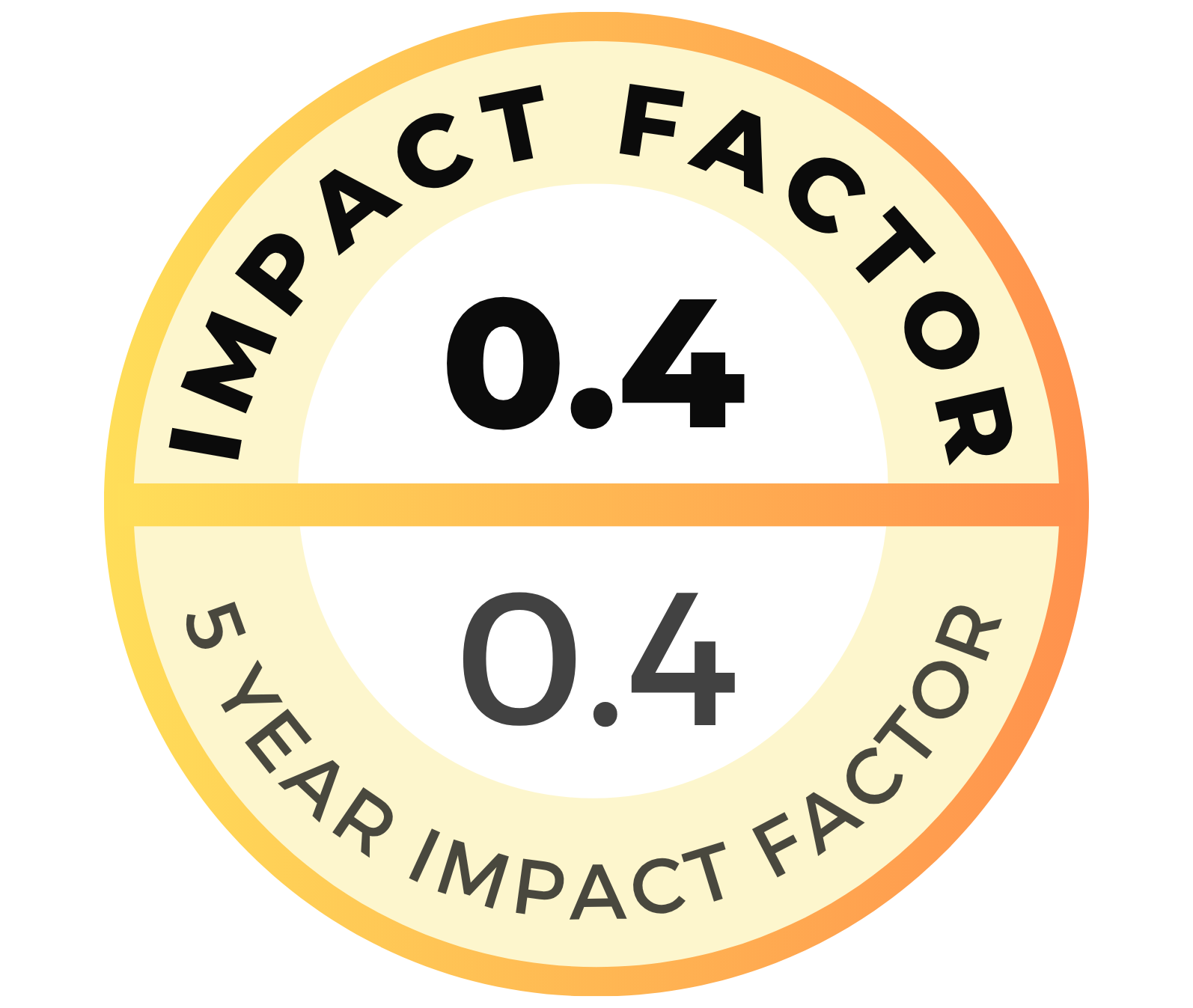Artificial intelligence is revolutionizing the field of veterinary anatomical pathology, offering transformative tools to enhance diagnostic accuracy and support personalized treatment approaches for animals. The present study explores the integration of artificial intelligence technologies into the analysis of histopathological images to improve diagnostic efficacy and accuracy. A deep learning model was trained on histopathological images for animal tissue disease classification. Model performance was validated using internal and external datasets, supplemented with genomic and clinical data. The artificial intelligence model achieved 92.3% cumulative accuracy for image classification. It achieved excellent accuracy and recall for neoplastic conditions—94.8% accuracy and 97.8% recall for lymphoma and 91.3% accuracy and 93.6% recall for carcinoma. Inflammatory conditions were identified with 89.4% accuracy, and normal tissue with 96.5%. The addition of genomic and clinical data raised diagnostic accuracy to 94.8%, enhancing the model’s ability to distinguish between highly similar cancer subtypes and predict clinical outcomes, including survival. The artificial intelligence was more accurate than board-certified veterinary pathologists with statistically significant improvement in accuracy (p < .05). Use outside the development lab was confirmed to 90.2% accuracy. Image processing took 2.5 seconds on average by the model, which is proof of real-time clinic application. Artificial intelligence, particularly when supported by multimodal data, is a potent tool for enhancing veterinary diagnostics, enabling faster, more precise disease classification and enabling personalized treatment strategies.
Cite this article as: Eddine Rahmoun, D., Kamal Merai Abdel Maksoud, M., Lieshchova, M., & Mylostyvyi, R. (2025). Applications of artificial intelligence in veterinary anatomical pathology: enhancing diagnosis and treatment in animal healthcare. Acta Veterinaria Eurasia, 51, 0068, doi:10.5152/actavet.2025.25068.





.png)